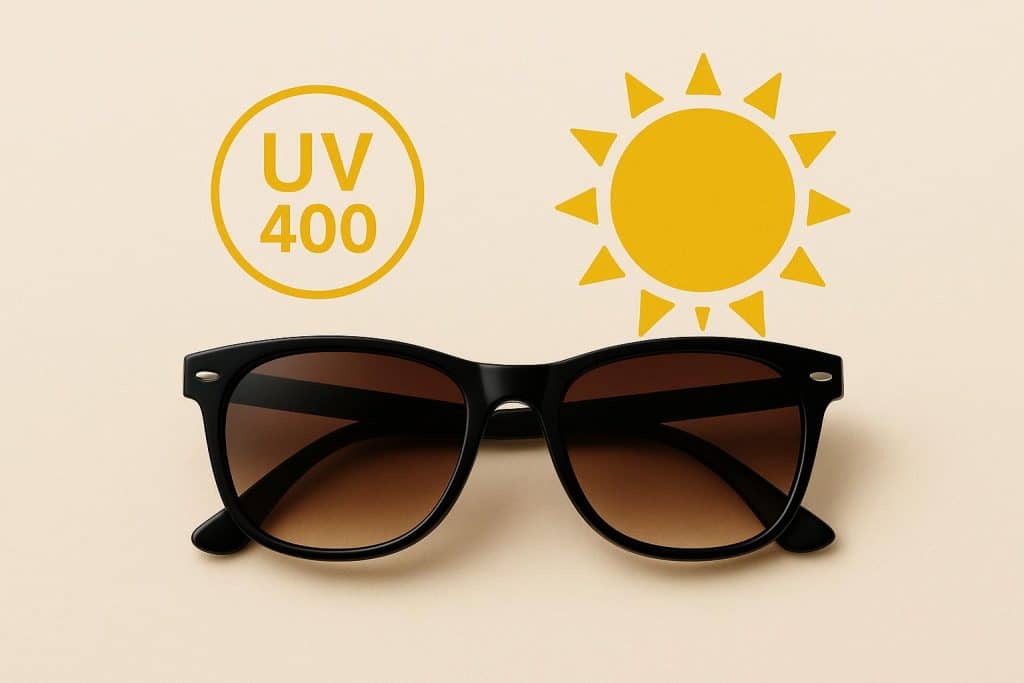When shopping for sunglasses, you’ll often come across the term “UV400,” but few people understand what it truly means or why it’s so important. Faded Days Sunglasses, for example, are designed to meet this standard, ensuring that wearers receive complete protection from harmful ultraviolet radiation while still enjoying clarity and comfort. Knowing what UV ratings represent helps you choose eyewear that safeguards your vision rather than simply looking fashionable.
The term “UV400” indicates that the lenses block all ultraviolet light with wavelengths up to 400 nanometres. This means they stop 100% of both UVA and UVB rays from reaching your eyes. These two forms of radiation pose different threats: UVA rays have longer wavelengths that penetrate deep into the retina, accelerating ageing and contributing to macular degeneration, while UVB rays are more energetic and primarily affect the front of the eye, potentially leading to cataracts or photokeratitis — essentially a sunburn on the cornea. A lens rated UV400 provides complete protection from both, making it the benchmark for effective eye safety.
To understand why this matters, it helps to look at how UV radiation behaves. Ultraviolet light is part of the electromagnetic spectrum beyond the range of visible light, meaning you can’t see it or feel it in the same way as heat or brightness. But its effects are cumulative — every unprotected moment outdoors adds to your lifetime exposure. Over time, this can cause irreversible eye damage, even if you don’t notice symptoms right away.
Unfortunately, not all sunglasses offer the same level of defence. Some low-cost or fashion-only styles use dark-tinted lenses that may look protective but actually let UV rays through. Because the tint causes your pupils to dilate, more UV light enters the eye, increasing the risk of damage. A dark lens without a proper UV filter can be worse than wearing none at all. That’s why checking for a clear label or certification indicating UV400 or “100% UV protection” is essential before buying.
Lens quality also plays an important role in how effectively your sunglasses protect you. High-grade materials and coatings can enhance clarity while filtering out harmful light. Features like anti-reflective coatings or hydrophobic surfaces help reduce glare, resist moisture, and improve comfort in bright or reflective environments. The design of the frame matters too — larger lenses or wraparound shapes prevent sunlight from sneaking in from the sides or above.
It’s easy to assume UV protection is only needed in summer, but that’s far from true. UV rays can penetrate clouds, and reflective surfaces such as water, sand, snow, and even concrete can bounce them back toward your eyes. Whether you’re walking on a cloudy day, driving in winter, or spending time by the sea, your eyes still face exposure. Wearing UV400-rated sunglasses year-round is the best way to maintain consistent protection.
Choosing eyewear with the right UV rating is an investment in long-term eye health. The benefits may not be immediately noticeable, but over time, they prevent serious damage and help preserve your vision’s clarity and comfort. Sunglasses that meet the UV400 standard do more than complete your look — they form an invisible shield that guards your sight every day you step outside.
Angela Spearman is a journalist at EzineMark who enjoys writing about the latest trending technology and business news.
